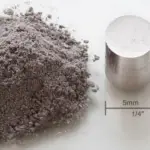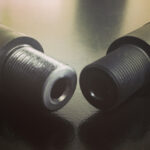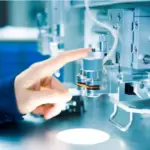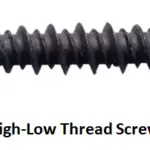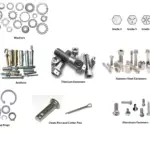Introduction
Modern mechanical components require a good surface finish for making them corrosion resistant. Different Surface Coating Techniques are used to enhance the surface finish and life of the components. The life of the component is significantly increased by the application of the thinnest layer of material coating. In this article, we will study one of the most important and widely used surface coating types, “Powder Coating.” Here we will be learning about what is powder coating, its types, advantages, and disadvantages. We will also be seeing the criteria for powder coating material selection and its implementation.
What is Powder Coating?
Powder Coating (PC) is a dry finishing process. It is different from the conventional painting process, where paint is sprayed on the surface. It is applied on the surface by the electrostatic method and then cured under heat or ultraviolet light. It is a modern method that is adopted as the replacement of the conventional painting process. The surface finish by PC is much harder than by conventional painting. It is used in the coating of household appliances, automotive parts, etc.
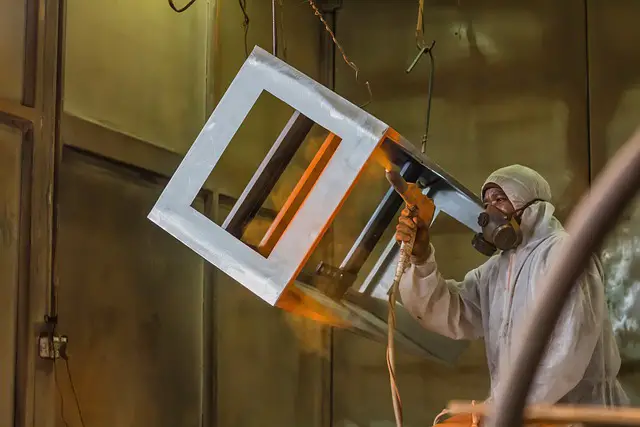
How does Powder Coating Works?
Powder Coating (PC) is applied on the surface by the Electrostatic Spray Deposition (E.S.D.) process. In this process, we use a spray gun that applies an electrostatic charge to the powder particles (material of powder coating in powdered form), and as a result, they are attracted towards the metal surface. The metal surface with powdered particles is then put into the cured oven, where the powder sticks to the metal, chemically react, and forms a large molecular chain with high density in the cross-link direction.
Hence, the PC process is divided into two parts:
a). Electrostatic spray deposition: Powder particles stick on the metal surface.
b). Cured with Heat and Ultraviolet light: Powder particles react with the metal surface and form large molecular chains.
Powder coating is also applied to non-metals such as plastics and medium density fibreboard (M.D.F.). The PC process is easy to use, environment-friendly, cost-effective, but tough.
Also Read:
- What is Powder Metallurgy – A Modern Manufacturing Process
- Types of plastics – That You Must Know?
- What is Soldering and How it Works?
Powder Coating Process
The powder coating to the metal surface is performed in different steps due to its complex nature. The steps for the application are as follows:
a). Part Preparation or Pre-treatment:
The material’s surface, to be powder coated, needs to be prepared before the application. This treatment process involves removing dust, oil, metal oxide, welding scales, Etc. from the surface of the metal. The methods involved in this type of treatment are either chemical or mechanical.
The selection of the method depends upon the following parameters:
- Size of the material to be coated
- Type of soil to be removed
- Required performance from the finished product
b). Powder Application:
This process involves spraying the powder particles to the metal surface, where they stick. The most commonly used technique is Electrostatic Spray Deposition (E.S.D.), using an electrostatic gun or corona gun. The method imparts an electrostatic charge on the powdered particle, which is attracted to the metal surface and they stick on the surface.
The powdered particles are sprayed through the nozzle of the gun, whose type depends upon:
- The shape of the workpiece to be painted
- Consistency of the paint
Different methods for powder application are as follows:
i). Electrostatic Gun (E.S.D.):
This involves the excitation of the powdered particle through electrostatic charge.
ii). Tribo gun (Triboelectric friction):
The powdered particles pick up a positive charge by rubbing along the Teflon tube wall inside the barrel gun.
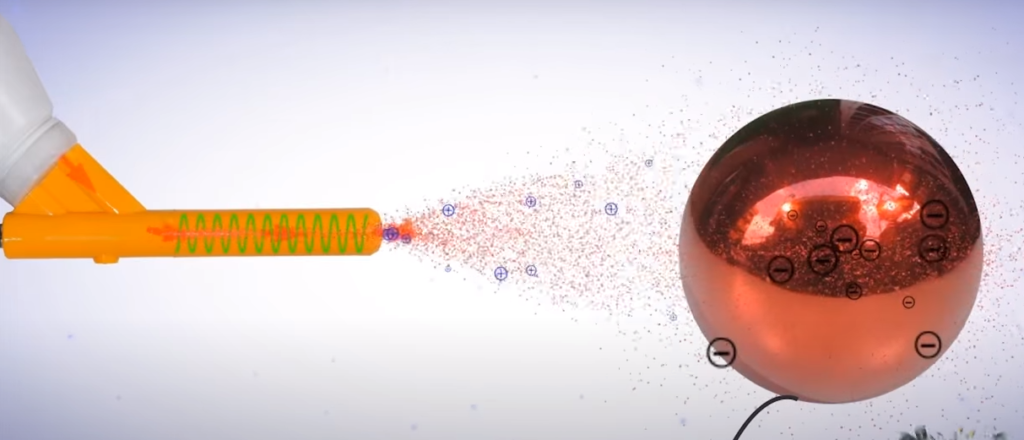
iii). Electrostatic fluidized bed coating:
The metal surface is passed inside the charged cloud consisting of the powdered particle; they get attracted towards the surface.
iv). Electrostatic magnetic brush (E.M.B.) coating:
It applies powder with roller help, enabling high speed and accuracy.
c). Curing:
In this process, the powdered particle with the metal is exposed to a high temperature. This melts the particle, which chemically reacts and forms a long molecular chain with a cross-linked structure. The final coating formed is very hard because of cross-linking of the powdered particles. It usually takes 10 minutes, at 200 oC, for the curing process to complete.
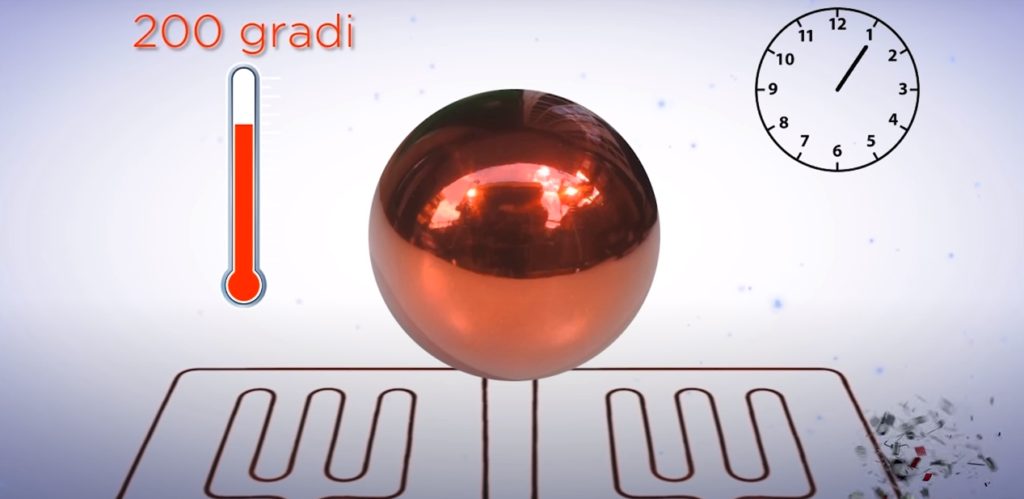
Apart from the process mentioned above, sometimes the component is electro-coated following the pre-treatment process, followed by the powder coating process. This is done to components that require high-end performance characteristics.
Hence, in conclusion, the following are the processes involved in the application of powder coating to the metal surface:
- Step 1: Electrocoating
- Step 2: Pre-Treatment of Target Surface
- Step 3: Powder Application
- Step 4: Curing
For a better understanding of the working of powder coating watch the video:
Types of Powder Coating
The powder coating is divided into different types depending upon dry powder chemical composition and cross-linking structure. Each type has its own advantages and disadvantages.
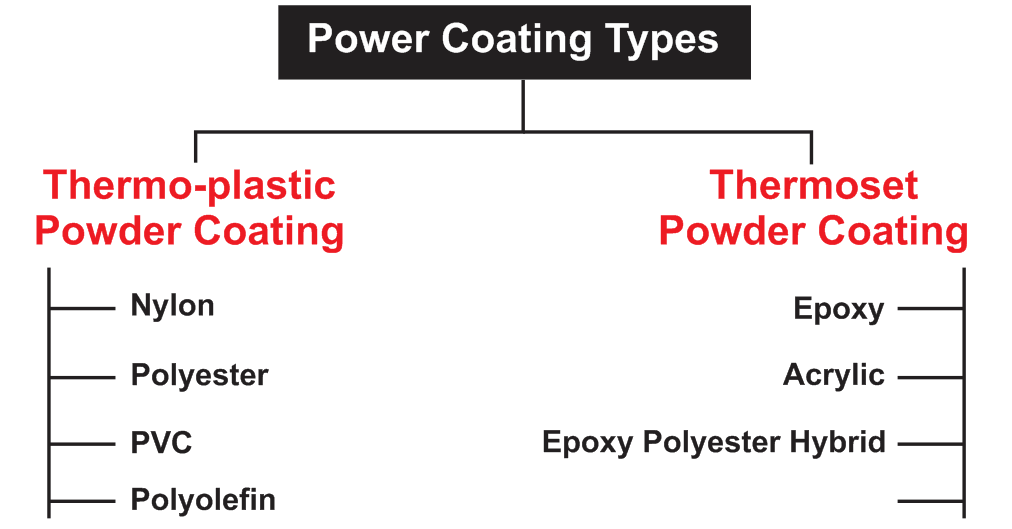
a). Thermoplastic Powder Coating (PC):
We can form this type of PC multiple times. They can melt at high temperatures. Hence, elevation at high temperatures is not recommended for them.
Following are some types of thermoplastic powder coating widely used in the market:
i). Nylon: They are the type of powder coating, which is durable and impact resistant. They are used in gears and conveyor belts due to their low friction characteristics. They protect the metal from a wide range of chemicals, solvents, and oil.
ii). Polyester: They have properties such as abrasion, good adhesion, and UV resistance. They are used for surface coating of furniture, automotive parts, Etc.
iii). Polyvinyl chloride (PVC): It is durable and has good electrical resistance. They are used in the food industry.
iv). Polyolefin: It has excellent resistance to abrasives and chemicals. They are used in components that require regular cleaning.
Also Read:
- Advantages and Disadvantages of Plastic
- Difference Between Thermosetting and Thermoplastic
- What is Plastic Injection Moulding and How it Works?
b). Thermoset Powder Coating:
They are the type of powder coating that creates a cross-linking structure that changes the component’s physical properties.
Following are some types of thermoset PC widely used in the market:
i). Acrylic: This type is smooth and performs than epoxy powder coating in the sunlight. They are available in the market with different ranges and types.
ii). Epoxy: It is smooth, durable, and hard. The major disadvantage is that it fades away from the surface of the metal when it comes in contact with the sun. Therefore, they are used in indoor components.
iii). Epoxy Polyester Hybrid: Epoxy and polyester are combined to form this type of powder coating. They are durable, hard, corrosion-resistant, and have a good surface finish. We can use them for outdoor applications also.
Material Consideration
As discussed in previous headings, there are two materials used in powder coating, thermoplastic, and thermoset. They are applied in different conditions and processes for their effective application. They produce a change in the physical and chemical properties of the metal.
a). Thermoplastic powder coating Material consideration:
We can’t use this type of powder coating technique at very high temperatures. Keeping this in our mind, the following are the points that are to be considered before using this powder coating:
- Don’t use it at high temperatures, as it becomes soft and melts.
- The property of thermoplastic is, it can be remelted, reformed, and recycled.
- The electrostatic spray deposition and fluidized bed method can be used as powder application methods.
- It does not change its chemical property during the curing process.
- It is more flexible in thick coatings
- It does not require a Cure process to become rigid.
b). Thermoset powder coating material consideration:
Following are the points that are to be considered before using this powder coating:
- It is capable of withstanding high temperatures and doesn’t melt like thermoplastics.
- The property of the thermoset is that it can’t be remelted, reformed, and recycled.
- It is generally applied on the surface of the metal using the Electrostatic spray deposition technique only.
- It changes the chemical property during the curing process and undergoes an irreversible process.
- It is susceptible to brittleness and over-hardening, especially in a thick coating.
- It requires a curing process to become rigid.
Hence, the above points are needed to be considered before selecting the type of powder coating to be used.
Advantages of Powder Coating
It is a better replacement for conventional painting. They are widely used in various industries for different coating components.
Following are the points that make usage of powder coating more advantageous than other types of coating process:
- The powder coating doesn’t release any harmful pollutants into the atmosphere. Thus, there is no need to buy costly pollution-controlling equipment.
- It is capable of providing a much thicker coating than the conventional painting process without sagging and running.
- It is possible to achieve an extensive range of specialty effects that is impossible with conventional paints
- Curing time for powder coating is significantly faster than a liquid coating, especially when we are using Ultraviolet light.
- The surface finish by powder coating is excellent and is not found in any other pain product. We can use various curing techniques to improve the surface finish of this coating process.
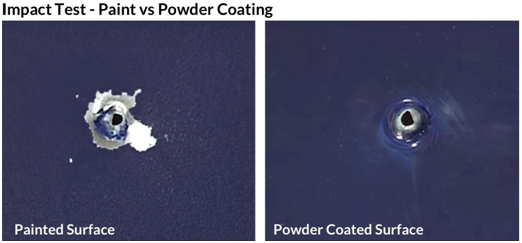
Limitations of Powder Coating
The powder coating technique is the most advanced and is much better than the conventional painting technique. Apart from this technique’s advantage, certain limitations are needed to be considered while using it for a particular application. These limitations are summarized in the following points:
- The powder coating technique is relatively tougher than the conventional painting.
- It has a restriction in the range of substrate to be used for coating
- It has a longer lead time for colour change coating
- It requires a long time for curing and drying bigger components
- The cost for the initial setup of this technique is higher than conventional painting.
FAQs:
Q1: What is the main difference between powder coating and conventional painting?
Ans – Apart from process-based difference, powder coating has material in powdered form, while conventional painting has material in liquid form (mostly).
Q 2: How is the powder coating classified in this article? Is there any other way of classification?
Ans: Powder coating is classified in this article, on the basis of material used in the powdered form. You can classify on the basis of powder application technique used, etc.
Q 3: What is a longer lead time in color changing under limitations?
Ans: Lead time means initiation and completion of the production process. Powder coating has different processes and hence takes a long time for completion.

